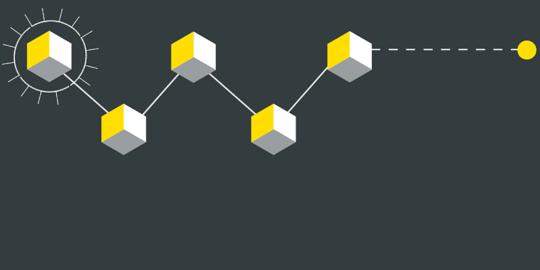| The European Commission recently published a draft revised Recommendation on the relevant telecoms markets that may be subject to ex ante regulation. In line with the Commission’s obligation to review the current Recommendation (which was adopted in 2014) by 21 December 2020, the EU executive has published a new draft Recommendation, together with an explanatory note. The Recommendation includes guidelines on geographic market assessment, which flows from the Commission’s consultation in 2019, as well as workshops and an external study. The draft Recommendation sets the pre-defined markets that are susceptible to ex ante regulation. National Regulatory Authorities (NRAs) are required to regularly review these markets. Currently, this occurs every three years, but the review period will be extended to every five years from the end of this year under the new European Electronic Communications Code (EECC). Where an NRA establishes that an operator has significant market power (SMP) in one of these markets, it may impose obligations on the SMP operator, in order to address any market failures that have been identified. The purpose of the draft Recommendation remains the same, namely to identify those product and service markets in which ex ante regulation may be justified, based on the so-called “three criteria test” set out in the EECC, i.e. where: a. high and non-transitory structural, legal or regulatory barriers to entry are present; b. there is a market structure which does not tend towards effective competition within the relevant time horizon, having regard to the state of infrastructure-based competition and other sources of competition behind the barriers to entry; and c. competition law alone is insufficient to adequately address the identified market failure(s). As noted in Recital 3 to the Draft Recommendation, one of the aims of the new regulatory framework is to reduce ex ante sector-specific rules as competition in the markets develops and, in time, ensure that electronic communications markets are governed only by ex post competition law. In the new draft Recommendation, the Commission has therefore only proposed two wholesale markets as susceptible to ex ante regulation: 1. Market 1 – wholesale local access provided at a fixed location, which can be used to provide mass market broadband services and bundles (such as wholesale fibre and broadband access services); and 2.Market 2 – wholesale dedicated capacity (leased lines, business connectivity services and dark fibre), which is mainly relevant for business use, which requires a higher quality of connectivity. Both these markets remain critical to support the growing business and consumer connectivity needs for fixed and mobile broadband services. However, the Commission does not propose to introduce a separate market for physical infrastructure access (access to ducts and poles) at this time. Until now, and going forward, national regulators may continue to require such access as ancillary remedies to the wholesale local access market(s). This reduces the number of pre-determined markets that are subject to ex ante regulation to two, down from five with the following markets removed from the list: 1. markets for wholesale call termination on individual public telephone networks provided at a fixed location (currently Market 1); 2. wholesale voice call termination on individual mobile networks (currently Market 2); and 3.wholesale central access (WCA) markets (where the handover occurs at regional or national hand over points rather than at a local level) provided at a fixed location for mass-market products (currently Market 3b). In particular, the markets for fixed and mobile voice call termination are no longer relevant because of the introduction of the single maximum EU-wide voice termination rates (see article on Eurorates below). The Commission also considers that the market for wholesale central access has become more competitive, and alternative operators are increasingly developing their own infrastructure up to the local level. Furthermore, developing technologies (such as wireless and increasing fibre deployment in rural areas), combined with alternative operators using their own infrastructure or relying on an upstream access product, as well as the availability of cable services, is also increasing the constraint on WCA services. In view of these developments, the Commission considers that the three criteria test is no longer satisfied. According to the explanatory memorandum, the transition between the old and the new Recommendation should involve the retention of any remedies that have been imposed until a new market analysis is undertaken by the NRA. The next step in the process is for the Body of European Regulators for Electronic Communications (BEREC) to issue its opinion, which the Commission must take utmost account of when adopting the final text of the Recommendation before the end of the year. For further information contact Anthony Rosen and Matthew Buckwell |

4 min to read
Electronic communications: Commission proposes to narrow the scope of ex ante telecoms regulation
Authors
Date
09 September 2020



